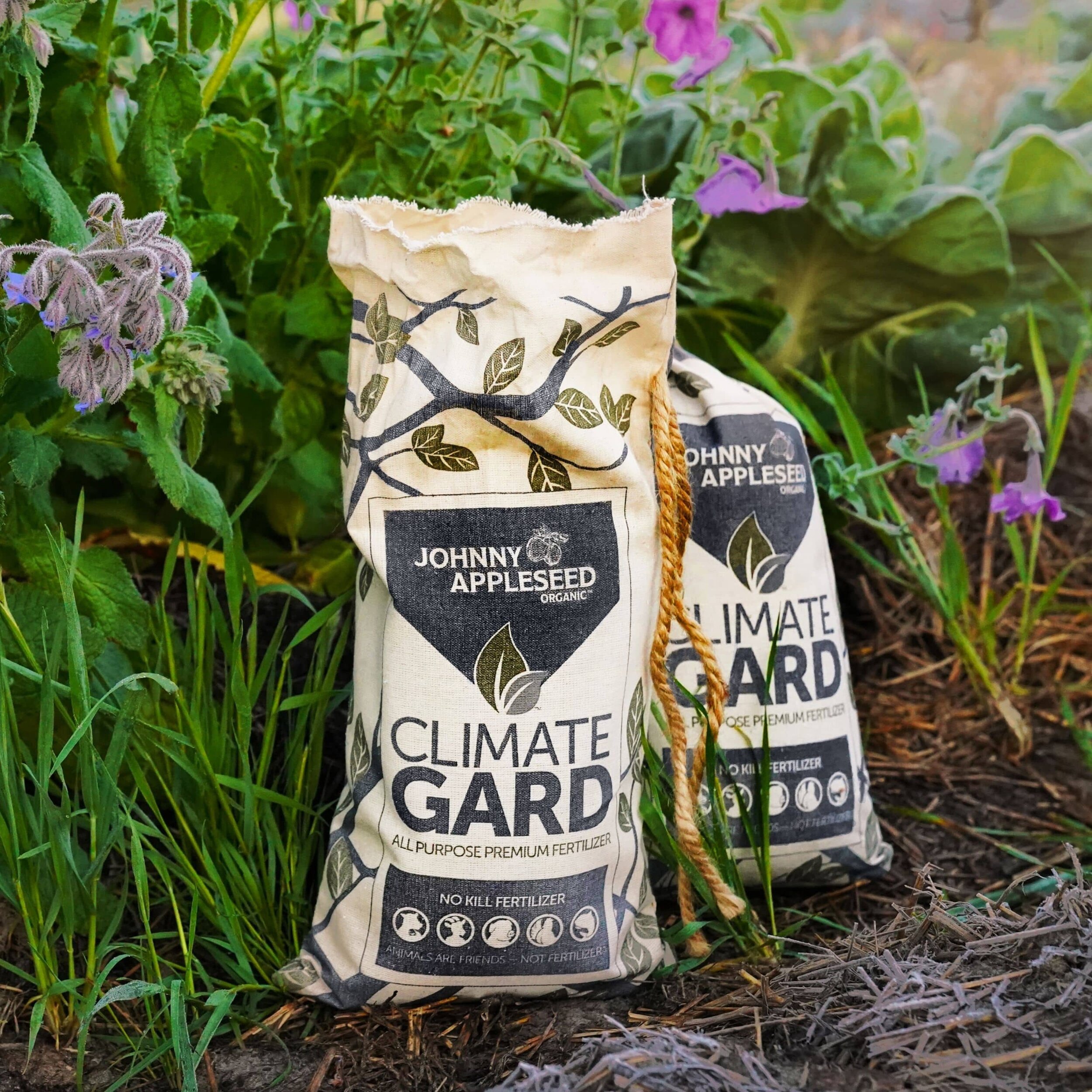Cooking with Daikon Radish
By Lexi Greathouse
The daikon radishes we grow at the Johnny Appleseed Organic Village serve many purposes, from tilling the fields and feeding the pigs, to providing us with many delightful dishes.
I’m especially grateful to reap the glories of our bounty because I’m a farmer here, as well as a cook. This makes the farm to table experience feel even more special to me.
The daikon radishes have a bit of a spicy bite to them, but this sometimes-bold flavor becomes neutralized when you heat them up and cook them with other veggies.
How to Cook with Daikon Radishes
I almost always cook daikon radishes along with a bunch of sauteed veggies and tofu or tempeh, then serve them with a side of rice or quinoa (if you eat meat, you can always substitute it for tofu), using different seasonings to add variety to the meal.
For a taste of India, use curry, cumin, cayenne, a splash of apple cider vinegar, a little bit of canned coconut milk, tomato paste, salt, pepper, coconut aminos and/or liquid aminos to taste.
For an Asian twist, use tamari sauce, turmeric and ginger (either powder or minced root form), a splash of lemon juice, coconut aminos, a little maple syrup and red pepper flakes.
To keep it on the savory side, try adding in herbs like cilantro, parsley and/or chives.
Once you’ve decided on a flavor profile and gathered the necessary ingredients, you’re ready to cook the vegetables themselves.
Begin by sautéing onions in either coconut or olive oil until they become caramelized, then add in chopped daikon radishes, carrot, celery, minced garlic, tofu or tempeh and spices to cook down until they become more tender — but still maintain that little bit of crunch (I personally don’t like my veggies to be too soft because then they lose their fresh flavor and nutritious phytochemicals). As they approach doneness, add in a heaping load of chopped greens such as, kale, collards, mizuna or spinach.
I like to play around with this combination, and each time it comes out a little different, but always delicious.
Preserving Daikon Radishes
Daikon radishes are also great for pickling or fermenting, or simply thinly slicing them and eating them raw in a hearty salad. If you decide to pickle them, here are the steps I recommend:
INGREDIENTS:
4 cups water
2-3 tablespoons of sea salt
2 bunches of radishes
Seasoning seeds such as dill, mustard, caraway, etc.
INSTRUCTIONS:
Prepare the brine by completely dissolving salt in 4 cups of water.
Wash radishes well and remove tops and tails. Cut small radishes into quarters and larger ones into sixths.
Place spices or seasonings in the bottom of a quart jar. Pack radishes on top of seasonings and cover with brine, leaving about 1 inch of headspace.
If necessary, weigh radishes down under brine to keep them submerged.
Cover the jar with a tight lid, airlock lid or a coffee filter secured with a rubber band.
Culture at room temperature (60-70°F is preferred) until desired flavor and texture are achieved. If using a tight lid, burp daily to release excess pressure.
Once radishes are finished culturing, put a tight lid on the jar and move to cold storage.
Let sit for 7-14 days. The longer they sit the more vinegary they will become
Conclusion
I hope this inspires you to get creative while cooking with daikon radishes. Enjoy in the many splendors of this tasty, healthy root, and until next time, happy gardening!
Subscribe to Newsletter
Follow Us on Social
Cutting-edge microbiology
No kill formula
Superior plant nutrition derived from the most ethical, sustainable sources available.
Produces the same results as conventional fertilizers without the negative environmental impacts.
Each ClimateGard pellet is infused with micronutrients, silicon, humic acid and a high-performance blend of living bacteria and fungi.
Delivered in an environmentally friendly organic cotton bag with a compostable inner liner.
Will continue to enrich your soil long after application.
$39.95 for 7.5 pound bag | $69.95 for 15 pound bag.



